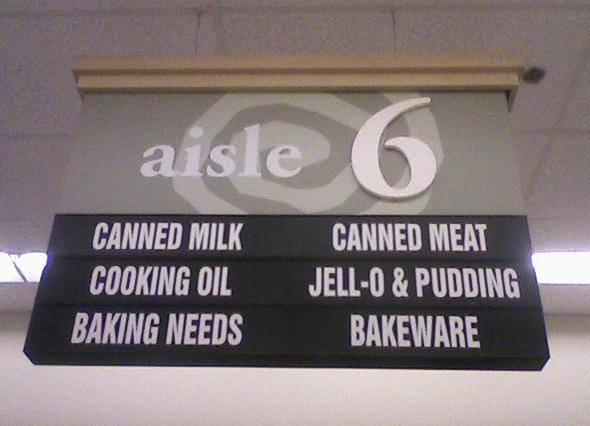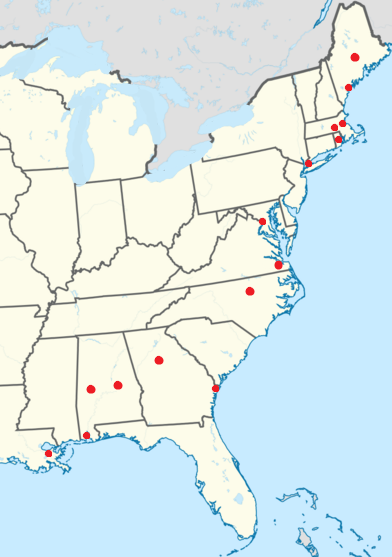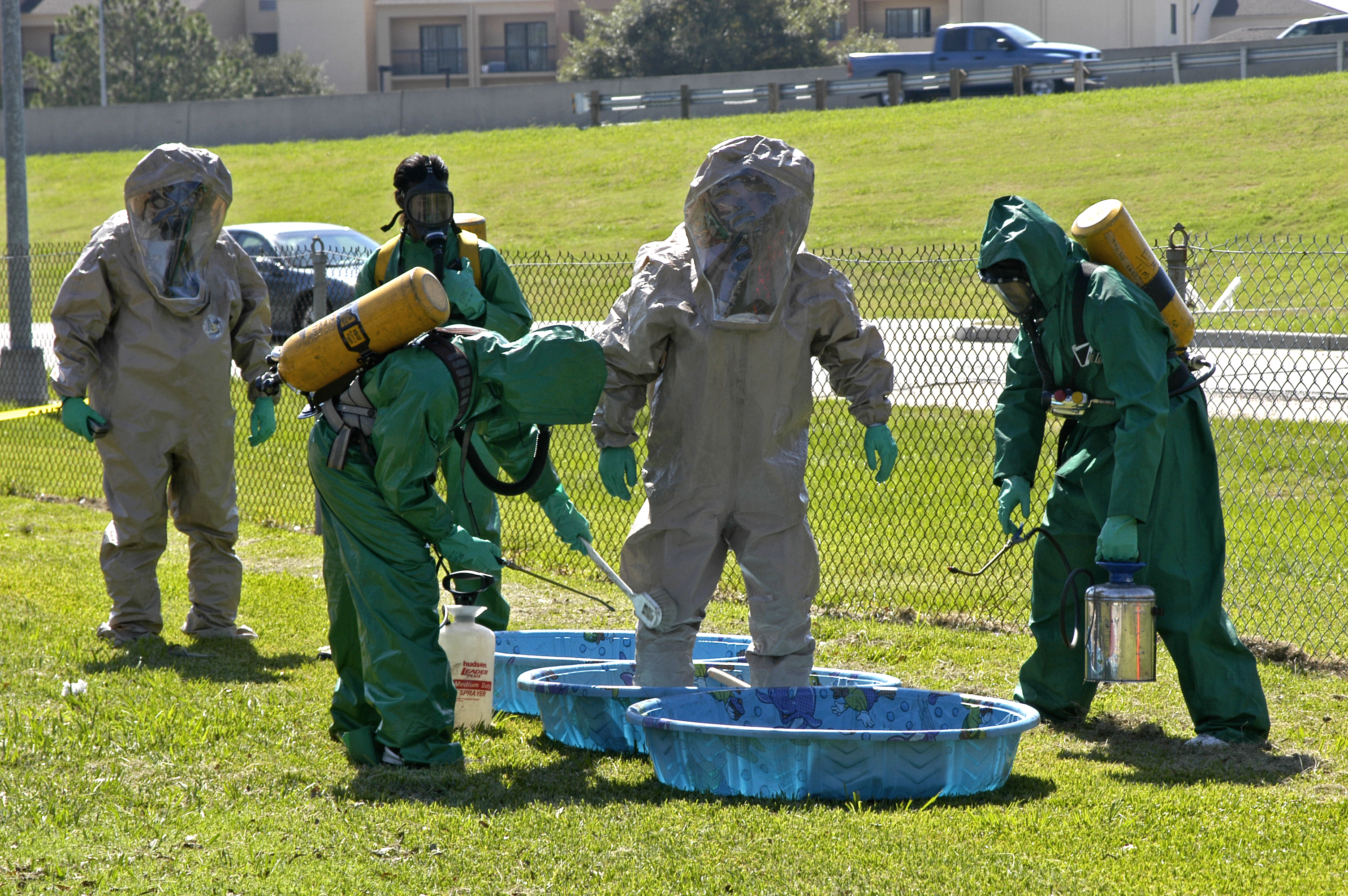|
Sling Cylinder
A diving cylinder or diving gas cylinder is a gas cylinder used to store and transport high pressure gas used in diving operations. This may be breathing gas used with a scuba set, in which case the cylinder may also be referred to as a scuba cylinder, scuba tank or diving tank. When used for an emergency gas supply for surface supplied diving or scuba, it may be referred to as a bailout cylinder or bailout bottle. It may also be used for surface-supplied diving or as decompression gas . A diving cylinder may also be used to supply inflation gas for a dry suit or buoyancy compensator. Cylinders provide gas to the diver through the demand valve of a diving regulator or the breathing loop of a diving re-breather. Diving cylinders are usually manufactured from aluminum or steel alloys, and when used on a scuba set are normally fitted with one of two common types of cylinder valve for filling and connection to the regulator. Other accessories such as manifolds, cylinder bands, ... [...More Info...] [...Related Items...] OR: [Wikipedia] [Google] [Baidu] |
Diving Air Compressor
A diving air compressor is a breathing air compressor that can provide breathing air directly to a surface-supplied diver, or fill diving cylinders with high-pressure air pure enough to be used as a hyperbaric breathing gas. A low pressure diving air compressor usually has a delivery pressure of up to 30 bar, which is regulated to suit the depth of the dive. A high pressure diving compressor has a delivery pressure which is usually over 150 bar, and is commonly between 200 and 300 bar. The pressure is limited by an overpressure valve which may be adjustable. Most high pressure diving air compressors are oil-lubricated multi-stage piston compressors with inter-stage cooling and condensation traps. Low pressure compressors may be single or two-stage, and may use other mechanisms besides reciprocating pistons. When the inlet pressure is above ambient pressure the machine is known as a gas booster pump. The output air must usually be filtered to control purity to a level appropr ... [...More Info...] [...Related Items...] OR: [Wikipedia] [Google] [Baidu] |
Pony Cylinder
A pony bottle or pony cylinder is a small diving cylinder which is fitted with an independent regulator, and is usually carried by a scuba diver as an auxiliary scuba set, though it may also be used as the primary cylinder for short and shallow dives. In an emergency, such as depletion of the diver's main air supply, it can be used as an alternative air source or bailout bottle to allow a normal ascent in place of a controlled emergency swimming ascent. The key attribute of a pony bottle is that it is a totally independent source of breathing gas for the diver in a small cylinder. Pony bottles are often used by divers who understand that no matter their preparation and planning, accidents may happen, and cannot, or do not choose to depend on another diver for emergency breathing gas. They are carried by the diver in one of several alternative configurations, and the capacity and contents should be sufficient to allow a safe ascent from any point in the planned dive profile. T ... [...More Info...] [...Related Items...] OR: [Wikipedia] [Google] [Baidu] |
Genericized Trademark
A generic trademark, also known as a genericized trademark or proprietary eponym, is a trademark or brand name that, because of its popularity or significance, has become the generic term for, or synonymous with, a general class of products or services, usually against the intentions of the trademark's owner. A trademark is prone to genericization, or "genericide", when a brand name acquires substantial market dominance or mind share, becoming so widely used for similar products or services that it is no longer associated with the trademark owner, e.g., linoleum, bubble wrap, thermos, and aspirin. A trademark thus popularized is at risk of being challenged or revoked, unless the trademark owner works sufficiently to correct and prevent such broad use. Trademark owners can inadvertently contribute to genericization by failing to provide an alternative generic name for their product or service or using the trademark in similar fashion to generic terms. In one example, the Oti ... [...More Info...] [...Related Items...] OR: [Wikipedia] [Google] [Baidu] |
Oxygen Toxicity
Oxygen toxicity is a condition resulting from the harmful effects of breathing molecular oxygen () at increased partial pressures. Severe cases can result in cell damage and death, with effects most often seen in the central nervous system, lungs, and eyes. Historically, the central nervous system condition was called the Paul Bert effect, and the pulmonary condition the James Lorrain Smith, Lorrain Smith effect, after the researchers who pioneered the discoveries and descriptions in the late 19th century. Oxygen toxicity is a concern for Underwater diving, underwater divers, those on high concentrations of supplemental oxygen, and those undergoing hyperbaric oxygen therapy. The result of breathing increased partial pressures of oxygen is hyperoxia, an excess of oxygen in body tissues. The body is affected in different ways depending on the type of exposure. Central nervous system toxicity is caused by short exposure to high partial pressures of oxygen at greater than atmospheric ... [...More Info...] [...Related Items...] OR: [Wikipedia] [Google] [Baidu] |
In-water Recompression
In-water recompression (IWR) or underwater oxygen treatment is the emergency treatment of decompression sickness (DCS) by returning the diver underwater to help the gas bubbles in the tissues, which are causing the symptoms, to resolve. It is a procedure that exposes the diver to significant risk which should be compared with the risk associated with the available options and balanced against the probable benefits. Some authorities recommend that it is only to be used when the time to travel to the nearest recompression chamber is too long to save the victim's life; others take a more pragmatic approach and accept that in some circumstances IWR is the best available option. The risks may not be justified for case of mild symptoms likely to resolve spontaneously, or for cases where the diver is likely to be unsafe in the water, but in-water recompression may be justified in cases where severe outcomes are likely if not recompressed, if conducted by a competent and suitably equippe ... [...More Info...] [...Related Items...] OR: [Wikipedia] [Google] [Baidu] |
Nitrox
Nitrox refers to any gas mixture composed (excepting trace gases) of nitrogen and oxygen. It is usually used for mixtures that contain less than 78% nitrogen by volume. In the usual application, underwater diving, nitrox is normally distinguished from air and handled differently. The most common use of nitrox mixtures containing oxygen in higher proportions than atmospheric air is in scuba diving, where the reduced partial pressure of nitrogen is advantageous in reducing nitrogen uptake in the body's tissues, thereby extending the practicable underwater dive time by reducing the decompression requirement, or reducing the risk of decompression sickness (also known as ''the bends''). The two most common recreational diving nitrox mixes are 32% and 36% oxygen, which have maximum operating depths of about 110 feet (34 meters) and 95 feet (29 meters) respectively. Nitrox is used to a lesser extent in surface-supplied diving, as these advantages are reduced by the more complex logi ... [...More Info...] [...Related Items...] OR: [Wikipedia] [Google] [Baidu] |
Oxygen Tank
An oxygen tank is an oxygen storage vessel, which is either held under pressure in gas cylinders, referred to in the industry as high pressure oxygen cylinders, or as liquid oxygen in a cryogenic storage tank. Uses Oxygen tanks are used to store gas for: * medical breathing (oxygen therapy) at medical facilities and at home (high pressure cylinder) * breathing at altitude in aviation, either in a decompression emergency, or constantly (as in unpressurized aircraft), usually in high pressure cylinders * oxygen first aid sets, in small portable high pressure cylinders * gas blending, for mixing breathing gases such as nitrox, trimix and heliox * open-circuit scuba sets - mainly used for accelerated decompression in technical diving, in high pressure cylinders * some types of diving rebreather: oxygen rebreathers and fully closed circuit rebreathers, usually in high pressure cylinders * use in climbing, " Bottled oxygen" refers to oxygen in lightweight high pressure cylinde ... [...More Info...] [...Related Items...] OR: [Wikipedia] [Google] [Baidu] |
American English
American English, sometimes called United States English or U.S. English, is the set of variety (linguistics), varieties of the English language native to the United States. English is the Languages of the United States, most widely spoken language in the United States and, since 2025, the official language of the United States. It is also an official language in 32 of the 50 U.S. states and the ''de facto'' common language used in government, education, and commerce in all 50 states, the District of Columbia, and in all territories except Puerto Rico. Since the late 20th century, American English has become the most influential form of English worldwide. Varieties of American English include many patterns of pronunciation, vocabulary, grammar, and particularly spelling that are unified nationwide but distinct from other forms of English around the world. Any North American English, American or Canadian accent perceived as lacking noticeably local, ethnic, or cultural markedness ... [...More Info...] [...Related Items...] OR: [Wikipedia] [Google] [Baidu] |
British English
British English is the set of Variety (linguistics), varieties of the English language native to the United Kingdom, especially Great Britain. More narrowly, it can refer specifically to the English language in England, or, more broadly, to the collective dialects of English throughout the United Kingdom taken as a single umbrella variety, for instance additionally incorporating Scottish English, Welsh English, and Northern Irish English. Tom McArthur (linguist), Tom McArthur in the Oxford English Dictionary, Oxford Guide to World English acknowledges that British English shares "all the ambiguities and tensions [with] the word 'British' and as a result can be used and interpreted in two ways, more broadly or more narrowly, within a range of blurring and ambiguity". Variations exist in formal (both written and spoken) English in the United Kingdom. For example, the adjective ''wee'' is almost exclusively used in parts of Scotland, north-east England, Northern Ireland, Ireland ... [...More Info...] [...Related Items...] OR: [Wikipedia] [Google] [Baidu] |
Dangerous Goods
Dangerous goods are substances that are a risk to health, safety, property or the environment during transport. Certain dangerous goods that pose risks even when not being transported are known as hazardous materials ( syllabically abbreviated as HAZMAT or hazmat). An example of dangerous goods is hazardous waste which is waste that threatens public health or the environment. Hazardous materials are often subject to chemical regulations. Hazmat teams are personnel specially trained to handle dangerous goods, which include materials that are radioactive, flammable, explosive, corrosive, oxidizing, asphyxiating, biohazardous, toxic, poisonous, pathogenic, or allergenic. Also included are physical conditions such as compressed gases and liquids or hot materials, including all goods containing such materials or chemicals, or may have other characteristics that render them hazardous in specific circumstances. Dangerous goods are often indicated by diamond-shaped signage on the it ... [...More Info...] [...Related Items...] OR: [Wikipedia] [Google] [Baidu] |
Testing And Inspection Of Diving Cylinders
Transportable pressure vessels for high-pressure gases are routinely inspected and tested as part of the manufacturing process. They are generally marked as evidence of passing the tests, either individually or as part of a batch (some tests are destructive), and certified as meeting the standard of manufacture by the authorised testing agency, making them legal for import and sale. When a cylinder is manufactured, its specification, including ''manufacturer'', ''working pressure'', ''test pressure'', ''date of manufacture'', ''capacity'' and ''weight'' are stamped on the cylinder. Most countries require diving cylinders to be checked on a regular basis. This usually consists of an internal visual inspection and a hydrostatic test. The inspection and testing requirements for scuba cylinders may be very different from the requirements for other compressed gas containers due to the more corrosive environment in which they are used. After a cylinder passes the test, the test date, ( ... [...More Info...] [...Related Items...] OR: [Wikipedia] [Google] [Baidu] |
Scuba Gas Planning
Scuba gas planning is the aspect of dive planning and of gas management which deals with the calculation or estimation of the amounts and mixtures of gases to be used for a planned dive. It may assume that the dive profile, including decompression, is known, but the process may be iterative, involving changes to the dive profile as a consequence of the gas requirement calculation, or changes to the gas mixtures chosen. Use of calculated reserves based on planned dive profile and estimated gas consumption rates rather than an arbitrary pressure is sometimes referred to as rock bottom gas management. The purpose of gas planning is to ensure that for all reasonably foreseeable contingencies, the divers of a team have sufficient breathing gas to safely return to a place where more breathing gas is available. In almost all cases this will be the surface. Gas planning includes the following aspects: * Choice of breathing gases * Choice of scuba configuration * Estimation of gas re ... [...More Info...] [...Related Items...] OR: [Wikipedia] [Google] [Baidu] |







